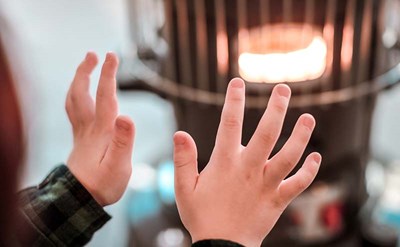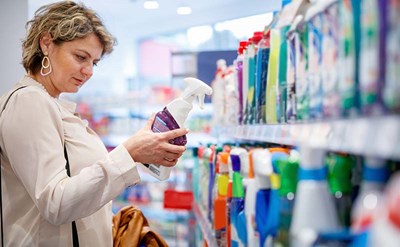More than 400,000 people are treated and nearly 4,000 people die each year in the United States from fire and burn injuries. In 2021 according to the CDC, burns were among the top ten list of causes of non-fatal injury in children under the age of 4 and among the top five causes of death in those under 65.
Burns are divided into four categories of severity. The higher the number, the more severe.
- First Degree: First-degree. These burns only affect the outer layer of skin. A mild sunburn is one example. Skin may be red and painful, but you won’t have any blisters. Long-term damage is rare.
- Second-degree. The outer layer of your skin as well the dermis – the layer underneath – has been damaged. Skin will be bright red, swollen, and may look shiny and wet. There will be blisters, and the burn will hurt to the touch.
- Third-degree. Sometimes called a “full thickness burn,” this type of injury destroys two full layers of skin. Instead of turning red, it may appear black, brown, white or yellow.
- Fourth-degree. This is the deepest and most severe of burns. They’re potentially life-threatening. These burns destroy all layers of skin, as well as bones, muscles, and tendons.
Kitchens are the most dangerous rooms in our houses, and burns top the list of injuries.
According to Safe Kids Worldwide, 300 children are treated in emergency departments for burn injuries every day. Scalding burns are the most common type of burn injury seen in kids, especially young children.
It just takes a second for a toddler to grab a pot with boiling water from the stove, or a mug of hot coffee on the counter. Young children are the most vulnerable because of their natural curiosity, but they also have thinner skin that burns more quickly.
It only takes one second of contact with human skin to cause a serious burn if a liquid is over 160° F. In kids less than five years of age it happens even faster! Deaths from scalding burns are the highest for kids under four years of age.
Injuries related to cooking fires are another risk. The National Fire Protection Agency sites cooking fires are the leading cause of home fires. Most people are injured trying to put out the fire themselves. Don’t pour water over a grease fire, it actually causes the grease to splatter and spreads the fire. Always keep a fire extinguisher within easy reach.
To treat a burn:
- Remove the person from the heat source and remove any burned clothing, except clothing embedded in the burn.Run cool — not cold — water over the burn or hold a clean, cold compress on it until the pain subsides. Do not use ice. Do not use not butter or other types of grease.
- Remove jewelry or tight clothing from around burned areas, and apply a clean bandage. You can also apply antibiotic cream.
Seek emergency care for more serious burns and for any burns to the eyes, mouth, hands, and genital areas, even if mild. If the burn covers a large area, get medical attention immediately. Get immediate medical attention if you have any of the following symptoms related to a burn:
- Fever
- Puss-like or foul-smelling drainage
- Excessive swelling
- Redness of the skin
- A blister filled with greenish or brownish fluid
- A burn that doesn’t heal in 10 days to two weeks
Never break blisters from a burn and remember not to remove clothing stuck to burned skin. If you are helping someone with a serious burn, keep the burned areas elevated to reduce swelling.
Chemical and Electrical Burns
For chemical and electrical burns, call 911 or your local emergency number. Assess the situation to make sure you (and the victim) will not be in contact with the burn source. For electrical injuries, DO NOT approach an injured person until you know the power source has been turned off.
For chemical burns:
- Dry chemicals should be brushed off the skin by a person wearing gloves.
- Remove the person’s clothing and jewelry and rinse chemicals off the skin by placing the person in a shower for 15 to 20 minutes. (Be careful to protect your eyes and the eyes of the injured person.)
- Wet chemicals should be flushed off affected areas with cool running water for 20 minutes or longer or until emergency help arrives.
- If you or someone else has swallowed a chemical substance or an object that could be harmful (e.g., watch battery) call poison control first (1-800-222-1222) and then 911. It is helpful to know what chemical product has been swallowed. Take it with you to the hospital.
Minor electrical burns can be treated with cool (not cold or ice) compresses. After cleansing, a mild antibiotic ointment and bandage may be applied. A tetanus shot is also recommended, especially if the person has not had one in more than 10 years.
For more serious electrical burns:
- Check for breathing. If the person is not breathing, start rescue breathing if you know how.
- Raise burned arms and legs higher than the person’s heart.
- Cover the person with cool, wet cloths. Do not use butter, ointments or any other home remedy. Do not break the blisters or remove burned skin.
 American College of Emergency Physicians
American College of Emergency Physicians







